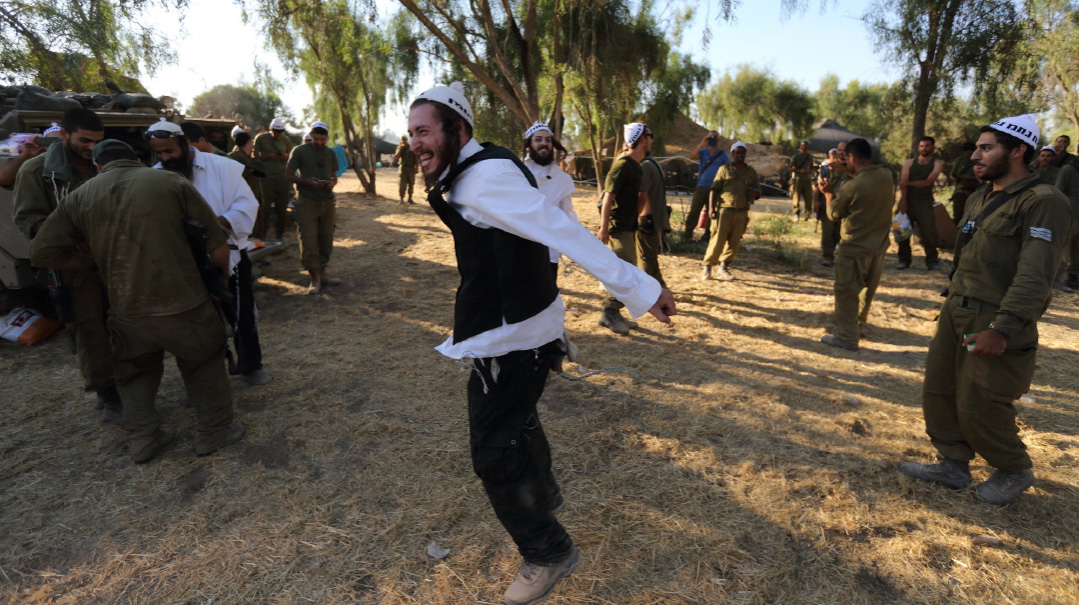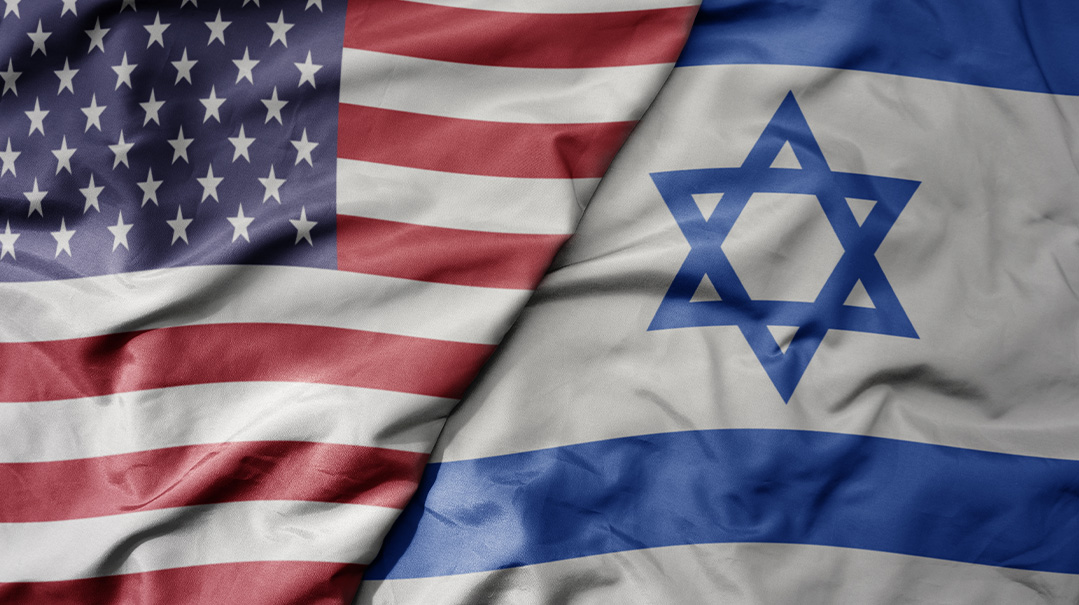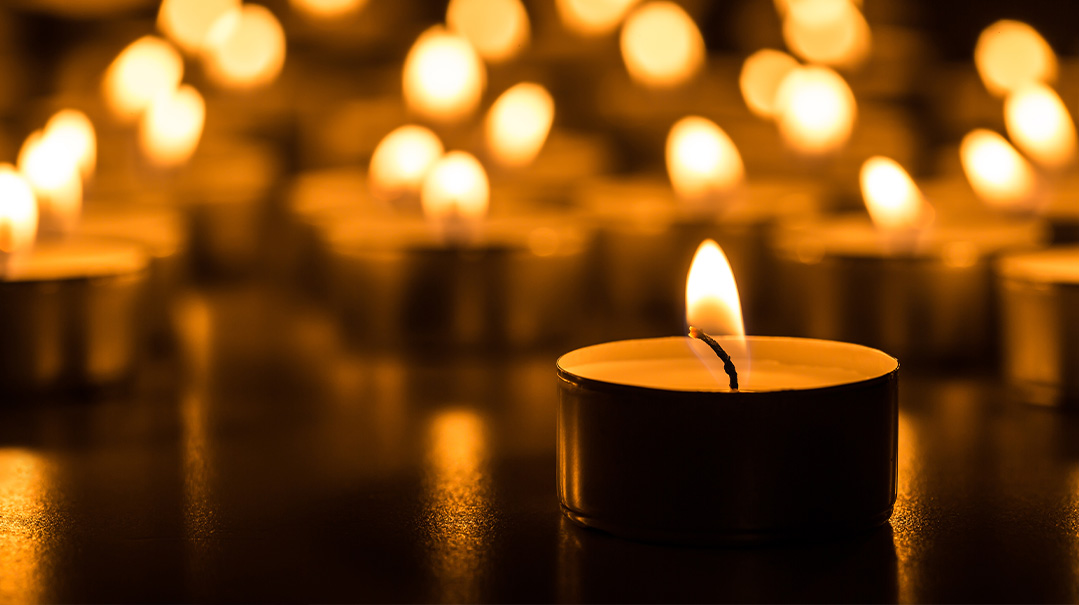Big News at the Supreme Court

In terms of impact on the Torah community, SCOTUS's decision in Carson v. Makin was much more consequential
T
he Supreme Court’s June 24 decision in Dobbs v. Jackson Women’s Health Organization, overruling Roe v. Wade and Planned Parenthood v. Casey, drew most of the discussion of the Supreme Court last week. But i, striking down a Maine statute that banned state educational stipends to rural parents underserved by public schools from going to religious schools, was much more consequential.
And while Dobbs could in certain circumstances infringe on religious rights — where state restrictions would prevent even those abortions required by halachah — Carson is an unmitigated victory, both at the legal doctrinal level and in terms of practical impact.
Just as Dobbs cut through, without qualification, nearly fifty years of Supreme Court jurisprudence relating to abortion, so too Carson did away with much of the Supreme Court jurisprudence surrounding the Establishment Clause from the 1970s and 1980s. The latter has been predicated upon the supposition that the Establishment Clause requires a “wall of separation” between state and religion.
But as Columbia law professor Philip Hamburger demonstrates in Separation of Church and State, the term “separation of church and state” was almost absent from the debates surrounding the inclusion of the Establishment Clause in the First Amendment. Most of the Founders were convinced that America’s republican experiment could only flourish with a religious citizenry. The Establishment Clause was included primarily at the behest of Protestant dissenting sects, who were concerned about religious tests of office and about being discriminated against.
The phrase a “wall of separation” only appears in a letter of Thomas Jefferson to a Baptist congregation in Danbury, Connecticut. And Jefferson was not present at the constitutional convention that adopted the Bill of Rights. His views are thus not dispositive.
On a Court with a majority committed to “originalism” as the appropriate methodology of constitutional interpretation, the earlier view of the Establishment Clause as predicated on a “wall of separation” between state and religion has been gradually whittled down and now discarded in Carson.
In past decisions, Chief Justice John Roberts alluded to a status-use distinction in evaluating Establishment Clause arguments: The state may not discriminate against religious institutions simply because of their religious status — for example, in the provision of grants for playground repairs — but it may do so with respect to money that goes directly to religious teaching. But in Carson, the chief justice was, as Pepperdine law professor Michael Helfand notes, careful to reject that distinction, thus removing that last barrier to state funding of sectarian institutions under statutes serving a general purpose and applied neutrally to sectarian and non-sectarian institutions alike.
And with the removal of that barrier to government funding of religious schools, argues Professor John McGinnis of Northwestern Law School, religious schools are poised to become full partners in one of the most powerful movements in contemporary American politics: the school choice movement. Parents fed up with long-term Covid restrictions on in-class learning, beset by fears of public school indoctrination of their children to despise America and in radical gender transformation ideologies, and concerned about schools emphasizing equity over excellence in education, are turning in record numbers to home schooling and private schooling where they are the boss.
The 2021 Virginia gubernatorial election made clear how politically potent are these parental concerns, and that will in turn boost support for school vouchers and other means of maximizing parental choice. And when that happens, Torah schools will now be able to participate fully.
The Bomb Thief and Other Curious Cases
L
iving alone in London in the 1930s, cut off from his family in Lithuania, Rav Eliyahu Eliezer Dessler’s primary satisfaction came from a small group of young men whom he tutored regularly: Rabbi Silman Sassoon, Rabbi Mordechai Miller, and Rabbi Aryeh Carmel, all of whom would leave their mark on the world of Torah learning.
In addition, Rav Dessler gathered a group of neighborhood boys, many of them of exceptional intellectual promise, for a once-a-week Gemara shiur, the primary purpose of which was to whet their appetite for Gemara learning. He would pose a question — e.g., from a Tosafos in Temurah — and invite the students to offer their own solutions. Then he would provide them with the Gemara’s resolution.
Since 1985, Rabbi Yitzchak Menachem Karlinsky, one of the outstanding products of Ponevezh Yeshivah, has been doing something of the same in Israel, before groups as diverse as prisoners in the maximum security Ayalon Prison to the Variety Club of Northern Tel Aviv. Four volumes of those shiurim, each dealing with a different area of Jewish law, have been published to date in Hebrew as Matnas Moshe. And now, a volume of those shiurim has been masterfully adopted into English by Rabbi Gavriel Rubin, as The Bomb Thief and Other Curious Cases.
Rabbi Karlinsky’s practice is to begin each class with a fascinating case, in almost every instance drawn from real life. The opening case from which The Bomb Thief draws its name took place in 1997, when a petty thief grabbed what he presumed to be the bag of one of the bathers at Tel Aviv beach and took it to the stairwell of a nearby building. When he opened the bag, however, he discovered that it contained a bomb. He rushed to a nearby hotel and notified the desk clerk, who called the police. Police sappers successfully defused the device that would likely have resulted in multiple deaths if it had exploded on the crowded beach.
What follows from that case is a set of multiple inquiries, extending over 100 pages, as to when the result of an action nullifies the intent with which it was performed, and when not. As it turns out, the Gemara is filled with such cases. For instance, a fisherman casts a net on Shabbos, which is prohibited as tzeidah, but thereby saves a drowning baby. (Machlokes Rabbah and Rava as to whether the good result frees the fisherman of liability.) Or a Kohein brings two korbanos on Shabbos, one of which is unnecessary and therefore forbidden, but it later turns out that the first sacrifice was pasul or its blood spills before being cast on the Mizbeiach. The major commentators are deeply split in their analyses as to the underlying explanation of the various cases.
WHY AM I CALLING the attention of Mishpacha readers to The Bomb Thief, other than the fact that Rabbi Rubin, one of my closest and deepest friends, believes so much in the material that he paid from his own resources to publish the book and make it available on Amazon?
Because after spending many hours studying the work, I think Rabbi Rubin was right to do so. We all have Jewish friends and relatives — some perhaps more than others — who have never been exposed to Gemara learning, and to whom we are helpless to convey either the sheer joy of learning or the depth of Gemara lomdus. Now we can.
The Bomb Thief requires neither prior background nor Hebrew. Every case and svara is explained clearly. There are frequent internal summaries of what has just been learned and what remains in contention. And the material builds on itself — thus the author’s division into Branches, Twigs, and Leaves — so that crucial differences among the Rishonim and Acharonim, and the analytical categories into which they place particular cases arise time and again, in shifting contexts.
For instance, the second Branch deals with issues surrounding when one is obligated to pay for benefits received, starting with a case of two do-gooders who find a drunk on the street and bring him unconscious to a nearby hotel, leaving his identity card at the desk as security. Who, if anyone, is responsible for paying for the hotel room, and how much?
Rabbi Rubin devotes more than ten pages to a Tosafos in Bava Kamma (101a), which delineates three categories of benefits for which a person may be obligated to pay.. Tosafos do not, however, fully explain these categories. So Rabbi Rubin compares and contrasts the approaches of two of the greatest roshei yeshivah of recent times, Rav Shimon Shkop and Rav Aharon Kotler, ztz”l, on such questions as to whether, and when, the payment is for the loss to the giver or the gain to the receiver. And that lengthy discussion is referenced five or six times in different contexts thereafter.
One of my early teachers once recalled having commented in Rav Nachum Partzovitz’s famous shiur in the Mir Yeshivah that a certain distinction propounded by the Rosh Yeshivah was shver (too fine, difficult). To which Rav Nachum responded, “On such fine distinctions is halachah based.”
The Bomb Thief makes clear precisely what Rav Nachum meant. And truth be told, even if one does not purchase it for a fellow Jew who has never known the excitement of learning, it will bring those of us who have experienced that joy back to the days of wrestling with the Ketzos and the Nesivos and of all the giants of lomdus. What could be more enjoyable than that?
(Originally featured in Mishpacha, Issue 918. Yonoson Rosenblum may be contacted directly at rosenblum@mishpacha.com)
Oops! We could not locate your form.







